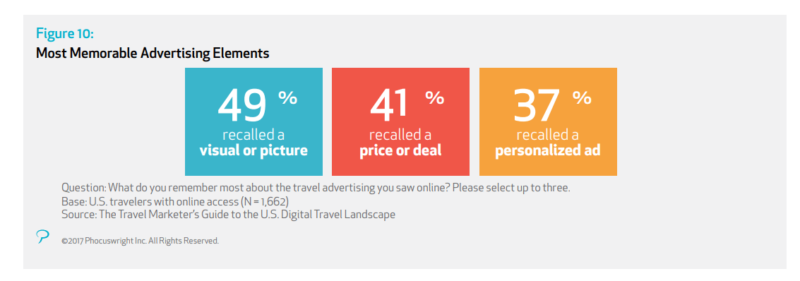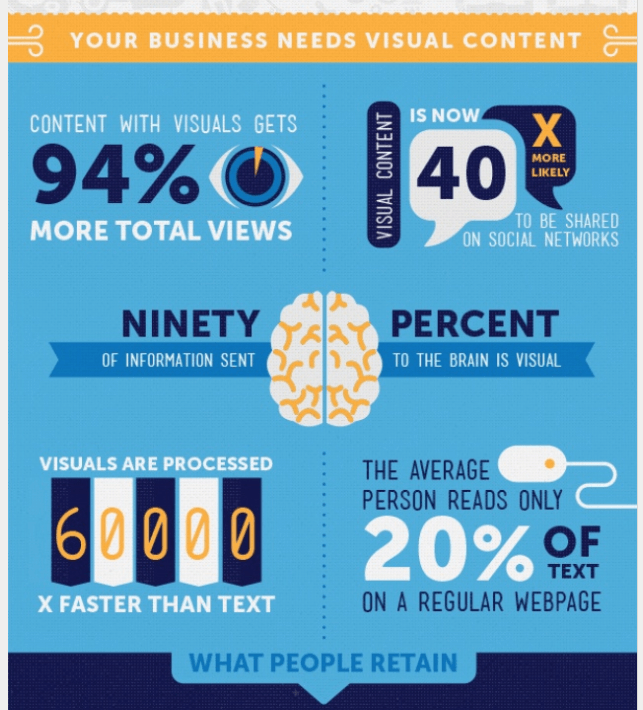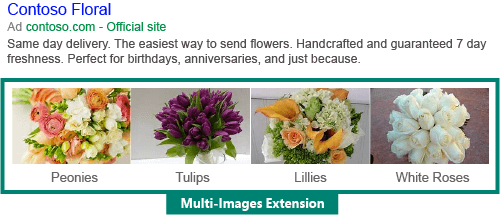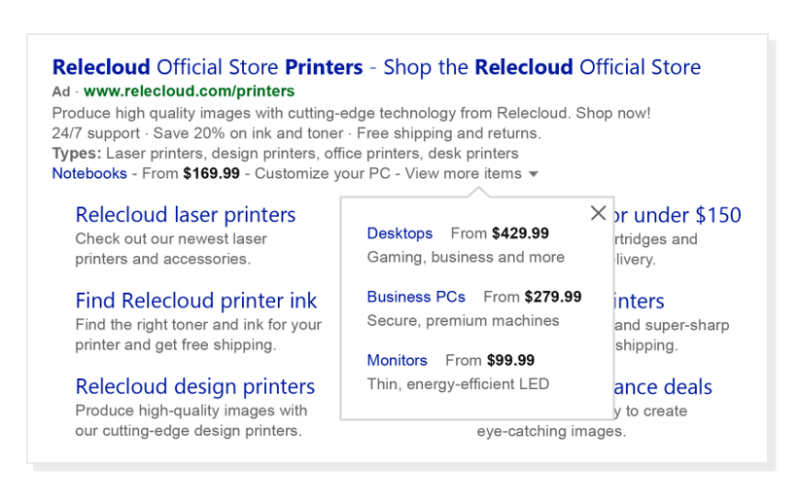Forget me not: 3 steps to make your PPC ads more memorable
What makes text ads memorable? Contributor Purna Virji looks at ways to keep text ads fresh and top of mind by optimizing ad targeting and implementing ad extensions.
What makes some ads stick in your mind, while others are instantly forgotten and relegated to the trash heap of online noise we’re exposed to every day?
Have the memorable ad creators simply struck it lucky? Have the others taken general advertising principles, done some brainstorming and hoped for the best?
Is there a way we can actually quantify what makes text ads memorable?
The folks at travel research company Phocuswright set to find out as part of a study they conducted with Bing (my employer). They asked participants:
What do you remember most about the travel advertising you saw online?
The results were clear:
This study was designed for the travel industry specifically, but it can be argued the top three elements would be easily transferable for practically any industry. Why?
- Because we are visual creatures. Our brains process images 60,000 times faster than text, and 90 percent of the information transmitted to the brain is visual.
- We are price-sensitive — or at least value-sensitive.
- We want things to be all about us.
Let’s break down the three elements to see how we can make the most of each.
1. Make text ads visually compelling
Yes, text ads may just be text, but there are more options than you might imagine to make them compelling.
Please roll the drums for Multi-Image Extensions, exclusively available on Bing Ads. This extension allows advertisers to upload five images that appear when the ad is served in the top mainline position. That’s powerful real estate you can use to catch your customer’s eye. Here’s an example of how it looks:
Multi-Image Extensions are in open beta, meaning it is open for advertisers to sign up for access.
As well as attracting the eye, Multi-Image Extensions serve a second, equally important purpose: they guide the searcher to a more specific landing page. In this way, they function almost as visual sitelinks.
Cheat sheet — key things to keep in mind:
- At least five images should be uploaded for the extension to serve.
- They can serve alongside other extensions (such as sitelinks).
- They can be used for any keyword; however, the keywords must be relevant to the images as well as the ad copy.
- Display text (max. 14 characters), i.e., the wording that shows up below the images, is required for each image.
- To increase relevance, the same image should also be present on the landing page.
What if you don’t have access to Multi-Image Extensions? Don’t worry, all is not lost. The right words used in the right way can evoke the right images and emotions in the reader’s mind, helping your ad become memorable.
In our Contoso Floral example above, you could help people better imagine using the product by evoking the scent with verbiage like: “Bring the fresh, sweet smell of the outdoors into your home.”
Or, say your product is a winter jacket. You could evoke images and feelings of winter, with copy like “Cocoon yourself in a [product name] and keep the December chill at bay.”
What do these two examples have in common?
They both use sensory words, words that are related to sight, sound, touch, taste or smell. By conjuring up a “sweet” smell and the December “chill,” we prompt our customers to imagine themselves in that position. You get the picture (pun intended).
Cheat sheet — key things to keep in mind:
- Use sensory words to evoke images and emotions.
- Use descriptive, specific language to paint a picture.
- Focus on language that places your searcher with your product.
2. Highlight deals and showcase offerings
Since the beginning of advertising time, we’ve known that discounts and promotions are important. But how you present these discounts and promotions is equally as important, particularly when you consider our ever-shrinking attention spans.
Searchers want to know:
- How much does it cost?
- Where can I buy it?
- Is it on sale?
Your ad needs to give all this information up front. Thankfully, promotion and price extensions can help.
The promotion extension helps to highlight special offers when people are searching for the best deals available. They show below the ad text and display up to two lines of text detailing the promotion. They show up on mobile, tablet and desktop, helping to increase ad engagement and boost potential click-through rate. The image below shows a promotion extension in a Google Ad.
For now, the promotion extension is only available on Google Ads.
Cheat sheet — key things to keep in mind:
- The promotion should easily be found at the ad’s destination and should match with all headers and descriptions.
- The relevance also should be clear, i.e., the details shown should be relevant to what’s being advertised.
- Text that is not an actual promo code, e.g., a phone number, is not allowed in the promo code field.
Another useful way you can highlight your deals and offerings is with price extensions, which are available on both Google and Bing. Here is an example of a price extension in a Bing ad.
Price extensions don’t just tell people how much the item(s) cost, but where to buy them. Essentially, they give you the opportunity to showcase a range of services and products that you have on offer.
Cheat sheet — key things to keep in mind:
- The prices used in the extensions must be clearly visible on the landing page.
- They don’t need to go to the same uniform resource locator (URL) as the main ad — price extensions give you the option to link to a preferred third-party seller, such as Amazon.
- The use of promotional text like “sale” or “free shipping” in the header and description is not allowed.
3. Make it personal
What should you focus on in order to increase relevancy and personalization? Optimizing your ad targeting capabilities. These capabilities allow us to broadcast at scale but make it feel more like a one-to-one conversation. Let’s take a look at how this works.
Level up remarketing with dynamic URLs
Start by setting up remarketing lists based on clues within dynamic URLs. For example, in the URL below, the teal font shows dynamic elements that describe the style, color and size of the dress. Understanding these will give us clear insights into just what the site visitor is interested in:
By understanding more about what searchers are looking for, we can treat them differently and show them ads that are more customized.
For example, if we know they frequently buy white dresses, then we can show ads about sales on white dresses or cross-sell them on accessories that would match. Of course, this depends on the product and the context. A little common sense is always useful:
Tone-deaf cross-selling aside, dynamic URLs allow us to more effectively move more customers through the conversion funnel.
This doesn’t have to be restricted to retail. For example, with travel, knowing the check-in and check-out dates of a hotel stay could help. The audience can then be served messaging that relates to timely events and add-ons they could enjoy as part of their trip.
Here is how to set up dynamic URLs:
- Start by determining the variables that would be most impactful.
- Create audience lists based on these identified values.
- Create compelling ad copy that touches on the particular behavior or value prop you are targeting.
Boost relevancy with in-market audiences
Available on Bing ads’ search network and on Google Ads on the Display Networks, in-market audiences allow advertisers to target a pool of people who have shown signs of being in the market to purchase goods or services across a slew of different verticals.
For example, if you sold running shoes, you’d have more success by showing ads to people who were actually looking to buy running shoes. You could target the following in-market audience group:
/Apparel & Accessories/Shoes/Athletic Shoes
Who can use these audiences? Everyone! Whether you’re a small business or a large one, or whether you sell B2B or B2C, you should test in-market audiences if your product or service is reflected in one of the in-market categories available.
They’re also a valuable tool to help you expand your reach. Unlike remarketing, you’re not only limited to people who’ve visited your website before. Here, you’re able to reach people who are interested in what you have to sell but who may not have heard of your brand or considered your business.
Reaching out to high-intent audiences is a great way to increase the likelihood of conversions.
According to recent internal data from Bing, ads shown to In-Market Audiences saw up to a 28 percent greater click-through rate (CTR) and up to a 48 percent greater conversion ratio (CVR) than the same ads without in-market audiences.
A success story here comes from a Las Vegas travel and event booking company, Vegas.com. Their results included a 65 percent increase in click-through rate and a 27 percent increase in return on ad spend.
Here is how to set up in-market audiences :
- Simply associate the in-market audience that matches your product/industry under the Audiences tab.
- Select your targeting option (bid-only or target and bid), and you’re done!
- Use in conjunction with remarketing and other audience targeting solutions.
- There’s no need to wait for the list to populate (like with a remarketing list) and no need to wait for tracking pixels to be added to the site.
Forget me never
While creating memorable text ads might seem like a daunting task that requires a large dollop of luck, there are ways you can “formula-ize” it:
- Make it visual.
- Make it valuable.
- Make it personal.
The tools to help you do this are not part of technology’s future — they are already here, and they are easy to use. The question isn’t “Why would you use them?” A better question is “Why wouldn’t you use them?”
I should point out that I have highlighted only a small selection of ways to make text ads memorable. There are numerous other extensions and products waiting out there for you to use. And they will continue to get more powerful and more effective as technology continues its unstoppable advance.
So, go forth and be memorable.
Want more info on Paid Search? Check out our comprehensive PPC Guide – Nine chapters covering everything from account setup to automation and bid adjustments!
Opinions expressed in this article are those of the guest author and not necessarily Search Engine Land. Staff authors are listed here.
Related stories








